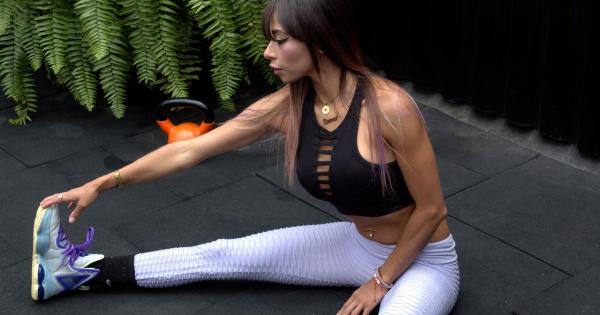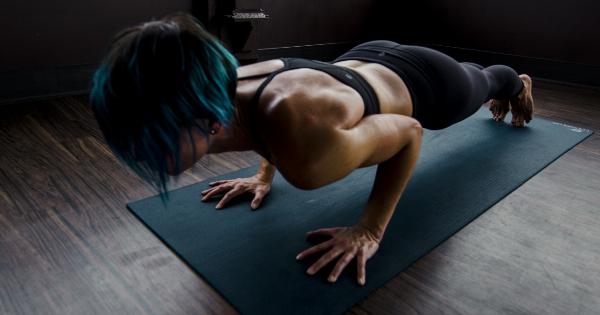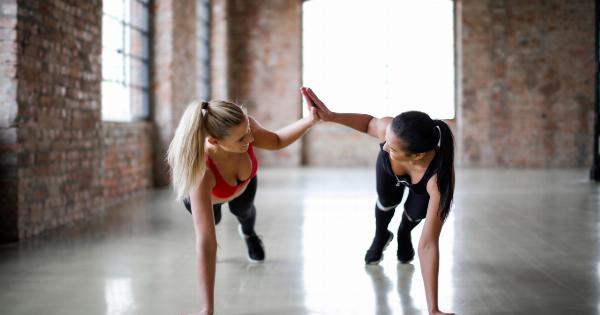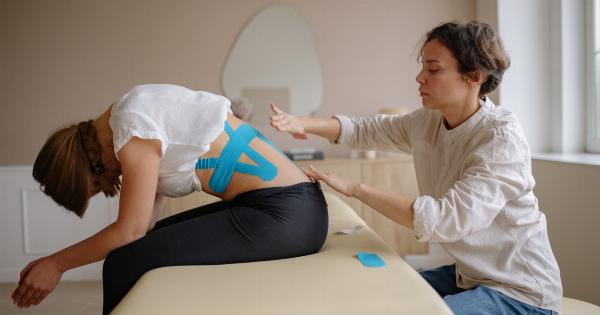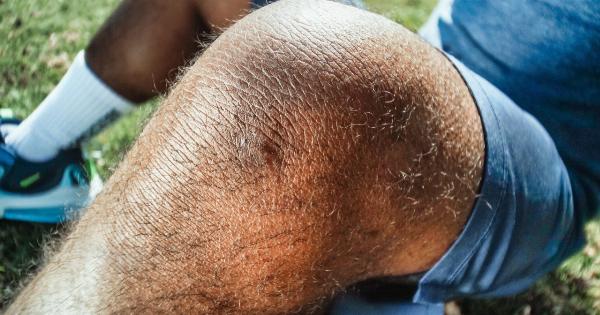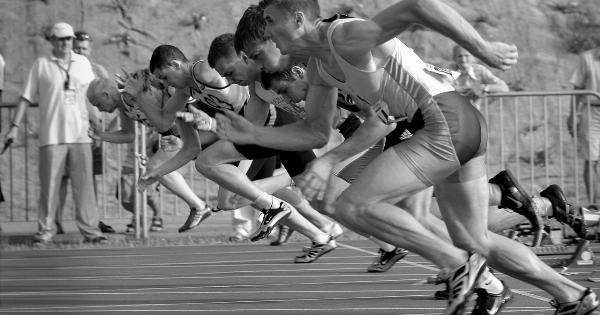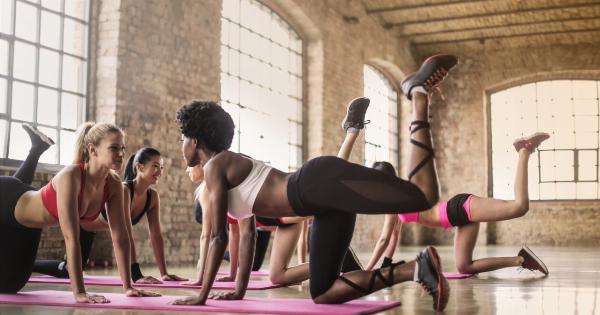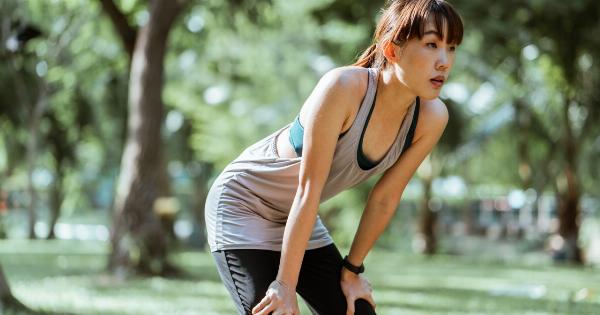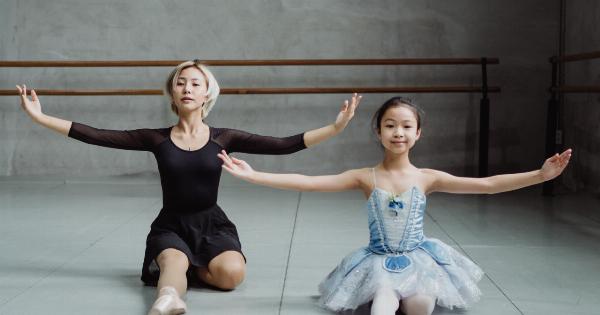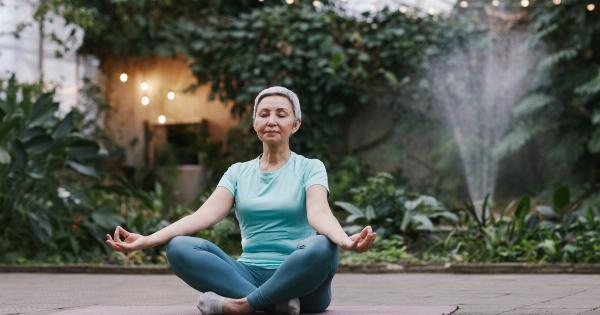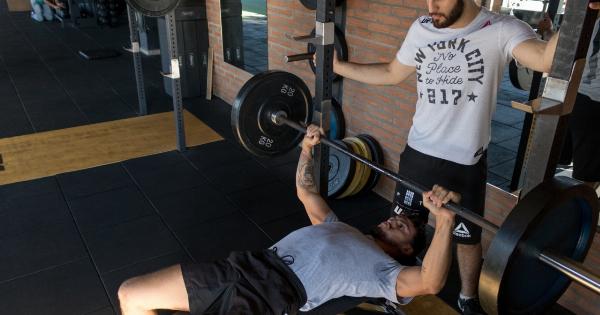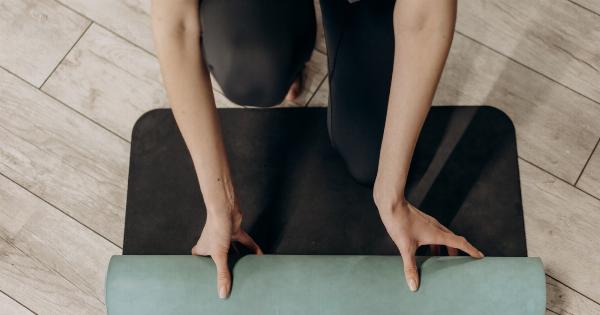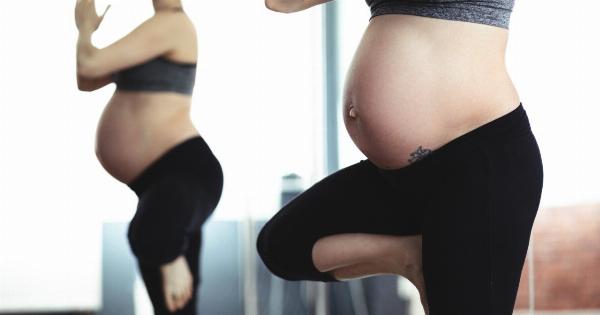Effective Stretching: Top Techniques and Tips
Stretching is an essential component of any fitness routine or sports activity. It helps improve flexibility, enhance athletic performance, prevent injuries, and promote overall well-being.
In this article, we will explore some of the most effective stretching techniques and provide valuable tips to help you maximize your stretching routine.
Why Stretching is Important
Stretching offers numerous benefits for the body and mind. Here are some key reasons why stretching should be an integral part of your fitness regimen:.
- Improved Flexibility: Regular stretching helps improve joint range of motion and muscle flexibility.
- Injury Prevention: Flexible muscles are less prone to injuries and strains during physical activities.
- Enhanced Performance: Effective stretching can optimize muscle function and improve athletic performance.
- Reduced Muscle Soreness: Stretching post-workout can alleviate muscle tightness and reduce post-exercise soreness.
- Stress Relief: Stretching promotes relaxation and helps reduce stress levels.
Types of Stretching Techniques
There are different types of stretching techniques, each targeting different muscle groups and achieving various outcomes. Here are some commonly practiced stretching techniques:.
1. Static Stretching
Static stretching involves holding a stretch for an extended period, usually between 15 to 60 seconds. It helps improve overall flexibility and is best performed after a workout or physical activity.
2. Dynamic Stretching
Dynamic stretching involves performing controlled movements that mimic the exercise or sports activity. It helps warm up the muscles, increase blood flow, and prepare the body for physical exertion.
3. PNF Stretching
PNF (Proprioceptive Neuromuscular Facilitation) stretching involves a combination of stretching and contracting muscles. It is often done with a partner and is highly effective in improving flexibility and increasing the range of motion.
4. Ballistic Stretching
Ballistic stretching relies on bouncing movements to extend the muscles beyond their usual range of motion. It is considered more advanced and should be practiced with caution to avoid injuries.
Tips for Effective Stretching
To make the most out of your stretching routine, consider the following tips:.
1. Warm Up First
Prior to stretching, it is crucial to warm up your body with a few minutes of light cardio exercises, such as jogging or cycling. This increases blood flow, raises muscle temperature, and reduces the risk of strains or tears.
2. Stretch Both Sides Equally
Ensure you stretch both sides of your body equally to maintain balance and symmetry. This helps prevent muscle imbalances and potential injuries.
3. Breathe and Relax
While stretching, focus on deep breathing to relax your mind and body. Avoid holding your breath, as it can increase tension in your muscles and hinder the effectiveness of the stretch.
4. Gradually Increase Intensity
Start with gentle stretches and gradually increase the intensity as your muscles become more limber. Push beyond your comfort zone, but never force a stretch to the point of pain.
5. Incorporate Stretching into Your Routine
Consistency is key when it comes to stretching. Incorporate stretching exercises into your regular fitness routine or sports activities to experience long-term flexibility benefits.
6. Focus on Major Muscle Groups
Pay attention to stretching major muscle groups such as hamstrings, quadriceps, calves, hip flexors, and shoulders. These areas are often tight and prone to injuries due to sedentary lifestyles or repetitive movements.
7. Use Props and Accessories
Utilize props like yoga blocks, foam rollers, or resistance bands to aid in deeper stretches and increase the effectiveness of stretching exercises.
8. Stretch After Exercise
Performing stretches post-workout is beneficial as it helps reduce muscle tightness, aids in recovery, and maintains flexibility gained during physical activity.
9. Listen to Your Body
Prioritize listening to your body and understanding its limits. Respect any discomfort or pain and modify the stretches accordingly.
10. Consult a Professional
If you have specific health concerns or existing injuries, seek advice from a qualified fitness professional or healthcare provider to ensure you are performing the right stretches for your body.
Conclusion
Incorporating effective stretching techniques into your fitness routine can offer a wide array of benefits, including improved flexibility, injury prevention, enhanced athletic performance, and stress relief.
Remember to choose stretching techniques that suit your needs and goals, and always practice within your comfort zone. Happy stretching!.

